
AI Social Media: How to Prepare for 2026
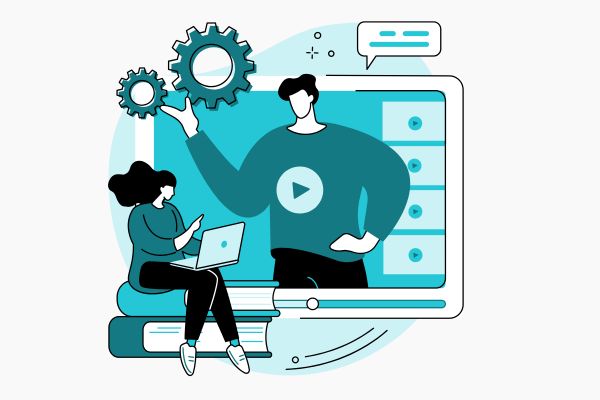
AI Social Media: How to Prepare for 2026
 28-11-2025 (Last modified: 28-11-2025)
28-11-2025 (Last modified: 28-11-2025)
AI social media has flipped regular social media on its head! Not slowly. Not subtly. Completely!
Feeds are now prediction engines. Creators are using AI in their workflows. Platforms are ranking content based on behaviour signals and semantic meaning rather than hashtags alone. And the gap between brands who adopt AI early and brands who don’t is getting wider every quarter.
This guide cuts through the noise and breaks down:
-
What’s working right now
-
How experts and leading creators are using AI
-
Where platforms are heading in 2026
-
Practical steps you can follow to optimise your own social strategy
Tone is straight, human, and honest – no hype, no vague predictions.
Why AI Social Media Matters This Much
AI is now baked into every stage of the content cycle:
-
Platforms use AI to decide reach. TikTok’s “interest graph,” Instagram’s Recommendations AI, and YouTube’s DeepMind-powered algorithm determine what gets surfaced.
-
Creators use AI to produce content faster. From scripting to captioning to auto-editing.
-
Users rely on social platforms to search for answers. As of 2025, 46% of Gen Z use TikTok as a search engine and 32% prefer social platforms over Google for product research.
-
Brands using AI-led workflows report faster growth. Recent benchmarks show teams adopting AI tools for editing and ideation grow their output by 2.7x and engagement by 28% on average.
And it’s not slowing down. In fact, we’re heading into a hybrid era where your content is competing with the user’s personal AI, not just other businesses.
What’s Working on AI Social Media Right Now (Dec 2025)
1. Short, fast, high-context video
Platforms want content that holds attention immediately:
-
TikTok prioritises retention + replays
-
YouTube Shorts pushes content with 70%+ watch-through
-
Instagram’s Reels AI boosts pieces with early interaction signals
What’s performing best:
-
Bold “opinion-first” hooks
-
Real people talking, not over-edited clips
-
Ultra-practical tutorials with fast cuts
-
Pattern interrupts (jump cuts, zooms, caption animations)
Creators like Alex Hormozi, Vanessa Lau, Colin & Samir, and Ali Abdaal continue to dominate using this style: short setup, fast delivery, crisp value.
2. AI-assisted editing is giving small teams huge leverage
Modern creators lean on:
-
Captions (auto-generated + styled)
-
AI B-roll selection
-
AI audio cleanup / auto mixing
-
Automated short-from-long-form slicing
-
Script or outline generation
Tools leading the shift include:
CapCut, Descript, OpusClip, Dumme, Adobe’s AI tools, ElevenLabs, and Runway.
Brands producing at scale without big budgets now look like mini media companies.
3. Personal brands outperform polished brand content
Across Instagram, TikTok and LinkedIn:
-
Founder-led brands get 3–5x higher engagement
-
“Unpolished but real” beats studio-grade quality
-
First-person storytelling travels further than generic listicles
We’ve seen this with creators like Iman Gadzhi, Grace Beverley, Diary of a CEO, and Codie Sanchez, all of whom double down on authenticity over aesthetics.
4. Predictive posting using AI insights
Social platforms now recommend:
-
Best posting times
-
Optimal video lengths
-
Topics gaining traction
-
Keyword clusters that boost search discoverability
These aren’t gimmicks – the algorithms truly do respond.
Teams using predictive insights see 20–40% better reach.
5. Social Search (SSO) is exploding
TikTok and YouTube are now “answer engines.”
Optimising content for these platforms works like SEO:
-
Keywords in on-screen text
-
Keywords in captions
-
Descriptive filenames
-
Clear “What this video covers” structure
Creators ranking for phrases like:
-
“best digital marketing tools”
-
“how to meal prep fast”
-
“small business ideas”
…aren’t trending. They’re being found through AI-boosted search intent.
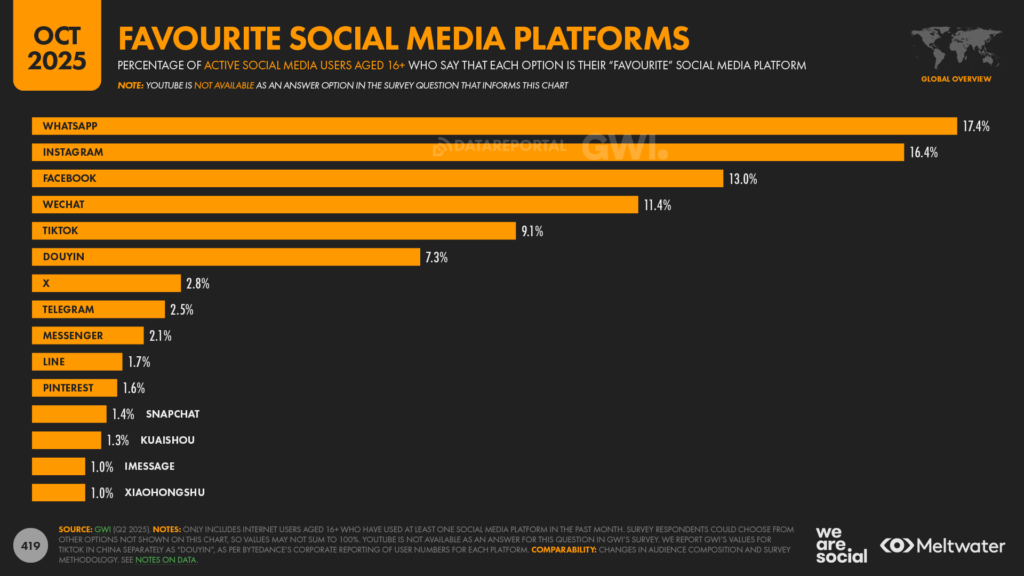
Where AI Social Media is Heading in 2026
Here’s what experts predict, and what we’re already seeing:
1. AI Personas Will Become Mainstream
Creators will run multiple “AI versions” of themselves:
-
A gaming-focused version
-
A short-form educational version
-
A daily news recap version
These personas will create parallel content streams automatically.
Expect: AI creators, AI voiceovers, AI character channels.
2. Hyper-personalised feeds
Platforms will personalise not by demographic — but by micro-behaviour:
-
How long you watched
-
Your commenting patterns
-
Tone of your DMs
-
Your nearby events and purchases
-
Whether you rewind clips
Expect feeds tailored to individual moments, not broad interests.
3. AI Coaches inside social apps
We’ll soon see:
-
AI planning your posting schedule
-
AI rewriting your caption for better reach
-
AI analysing your last 30 posts and giving specific improvements
-
AI scripting entire content calendars
Instagram is already testing “Creator AI Assistants”, and TikTok has embedded AI recommendations into their editing suite.
4. Authenticity detection will get stricter
Platforms are cracking down on:
-
Generic AI-generated content
-
Faces that repeat too often across accounts
-
Over-polished edits
Raw, human-led content will still win, even if AI is part of the process.
5. Social platforms will reward retention chains
You won’t win by going viral once.
You’ll win when:
-
One video leads into another
-
Playlists keep users watching
-
You build loops: Hook → Value → Call to Next Clip
Creators who master retention loops will dominate 2026.
How to Optimise Your Social Media for 2026 (Step-by-Step)
Step 1: Build fast, simple, repeatable content formats
Choose 2–3 formats you can create consistently:
-
Face-to-camera opinions
-
Quick tutorials
-
Behind-the-scenes
-
Day-in-the-life
-
Commentary on trending topics
Systems beat creativity.

Step 2: Adopt AI into your workflow
Use AI for:
-
Outlining scripts
-
Generating hook ideas
-
Captioning
-
Editing
-
Turning long clips into shorts
-
Analysing your performance
But always deliver in your own voice.
Step 3: Optimise for Social Search
Do this every time:
-
Add the main keyword in the first line of your caption
-
Use on-screen text with the exact keyword
-
Speak the keyword early in the video (voice recognition matters)
-
Add contextual hashtags, not 20 random ones
-
Include a “What you’ll learn:” line in longer videos
TikTok and YouTube will reward clarity.
Step 4: Create retention loops
Examples:
-
“Watch part 2 – next video.”
-
“If this helped, save this post and check the one I posted yesterday.”
-
“I’ll break down the full workflow in the next clip.”
These loops teach the algorithm you’re worth keeping in the feed.
Step 5: Prioritise human presence
Even if AI helps produce content:
-
Keep your face on screen
-
Speak directly to the viewer
-
Use real stories
-
Use unscripted moments
-
Keep the tone casual and conversational
Gen Z and Gen Alpha reject overly perfect content.
Step 6: Use analytics weekly (not monthly)
What you check:
-
Retention curves
-
Watch-through time
-
Saves and shares
-
Drop-off points
-
Engagement velocity (24–48 hours)
Small adjustments every week → big improvements over 6 months.
Step 7: Plan for multi-platform distribution
Use:
-
TikTok for reach
-
Reels for community
-
Shorts for search
-
LinkedIn for authority
-
X for opinions & conversation
Repurpose intelligently – i.e. don’t copy/paste the same thing everywhere.
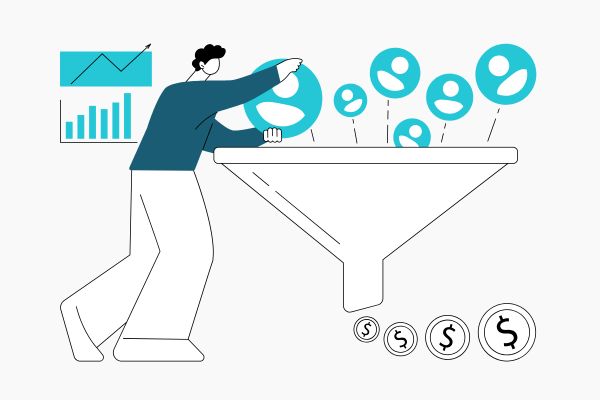
Leading Voices Shaping AI Social Media
Here are experts worth following for insights and real-time direction:
-
Colin & Samir — creator economy trends and algorithm breakdowns
-
Ali Abdaal — AI workflow + content systems
-
Vanessa Lau — social growth frameworks
-
Gary Vaynerchuk — macro shifts in attention
-
Rachel Pederson — platform-specific tactics
-
Hormozi — short-form mastery & hook strategy
-
Avery Zingelman — TikTok SSO and trend predictions
-
Justin Welsh — AI-assisted writing for LinkedIn
These are the people shaping what works… and what’s coming.
FAQ: AI Social Media in 2026
Q: Is AI-generated content harmful to my reach?
Not if you use AI to support your voice, not replace it. Raw video still outperforms polished AI.
Q: Do hashtags still matter?
Yes, but for categorisation, not reach. Use 3–5 relevant ones.
Q: Will AI replace social media managers?
No. It replaces tedious tasks, not strategy, storytelling, or relationship-building.
Q: How often should I post?
Think in terms of volume you can maintain weekly — usually 3–5 short videos + 1 longer piece.
Q: What’s the biggest mistake brands make?
Using AI to generate generic content instead of enhancing their unique voice.
Final Thought
AI social media isn’t about automation. It’s about acceleration.
Creators and brands who embrace AI as a force multiplier, not a replacement, will own the next era of social growth.
say hello to easy Content Testing
try PageTest.AI tool for free
Start making the most of your websites traffic and optimize your content and CTAs.
Related Posts
 24-11-2025
24-11-2025
 Becky Halls
Becky Halls
How Social Media Marketing Will Change in 2026: Stop Posting, Start Getting Found
Social media is no longer a place people visit after they have finished “real” research. For a huge chunk of users, especially under 35, TikTok, Instagram, YouTube and Reddit are where research starts: which product to buy, which tool to try, what restaurant to visit, how to fix a problem. In 2025, almost two thirds […]
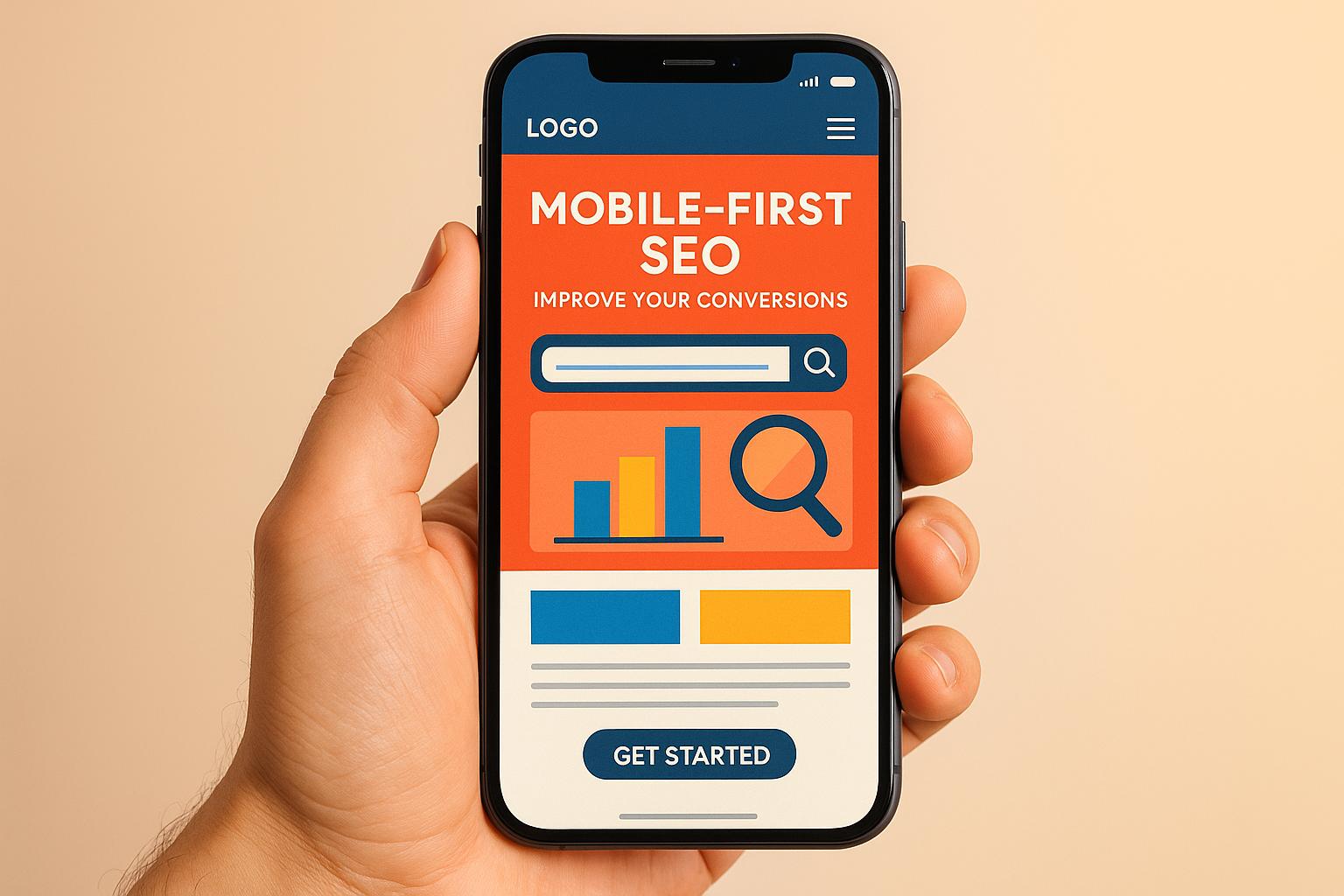
 20-11-2025
20-11-2025
 Ian Naylor
Ian Naylor
How Mobile-First SEO Impacts Conversions
Optimizing for mobile is crucial for improving user experience and boosting conversion rates, as mobile traffic continues to rise.
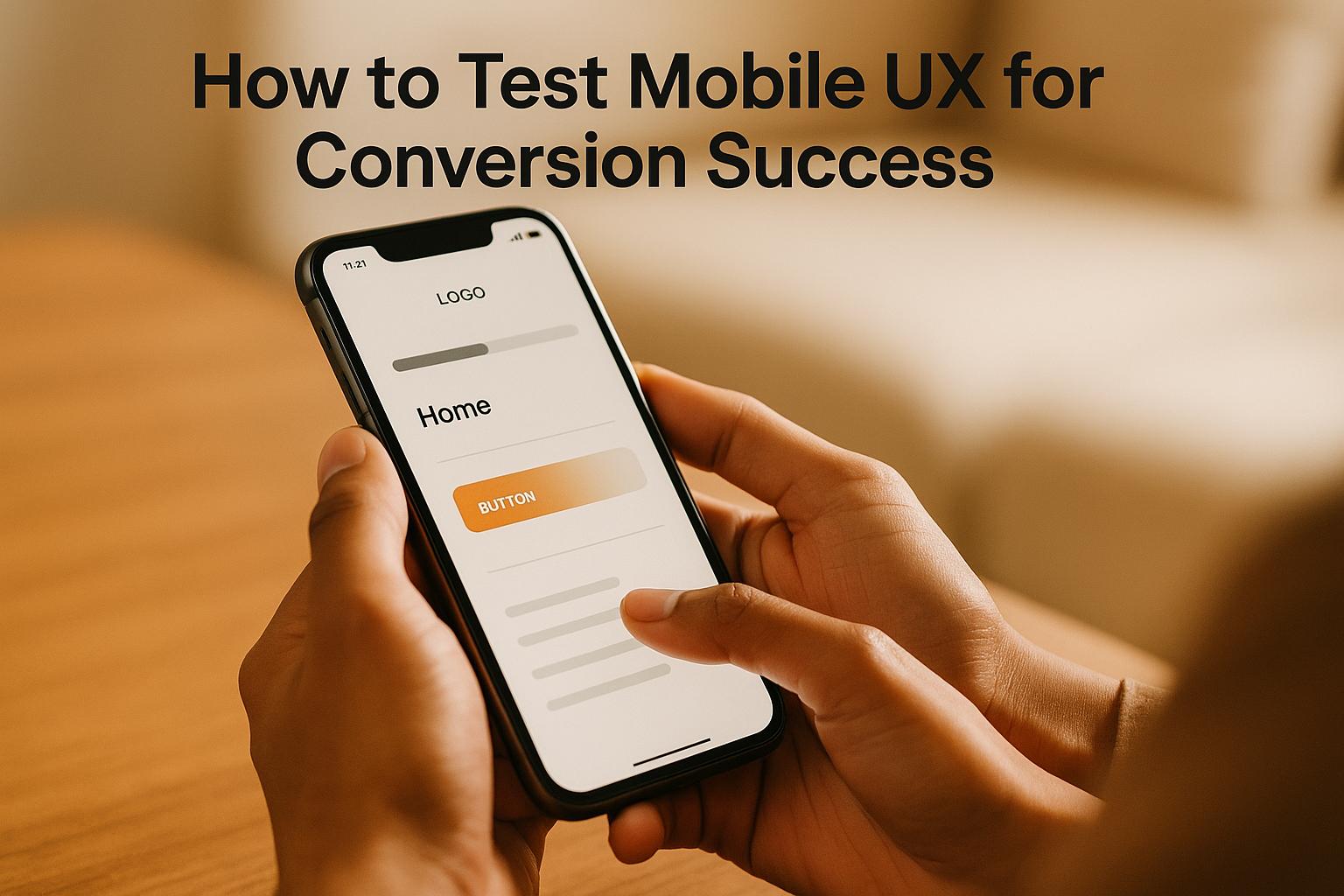
 18-11-2025
18-11-2025
 Ian Naylor
Ian Naylor
How to Test Mobile UX for Conversion Success
Enhancing mobile UX is crucial for boosting conversions. Explore effective strategies and testing methods to improve user experiences on mobile devices.
